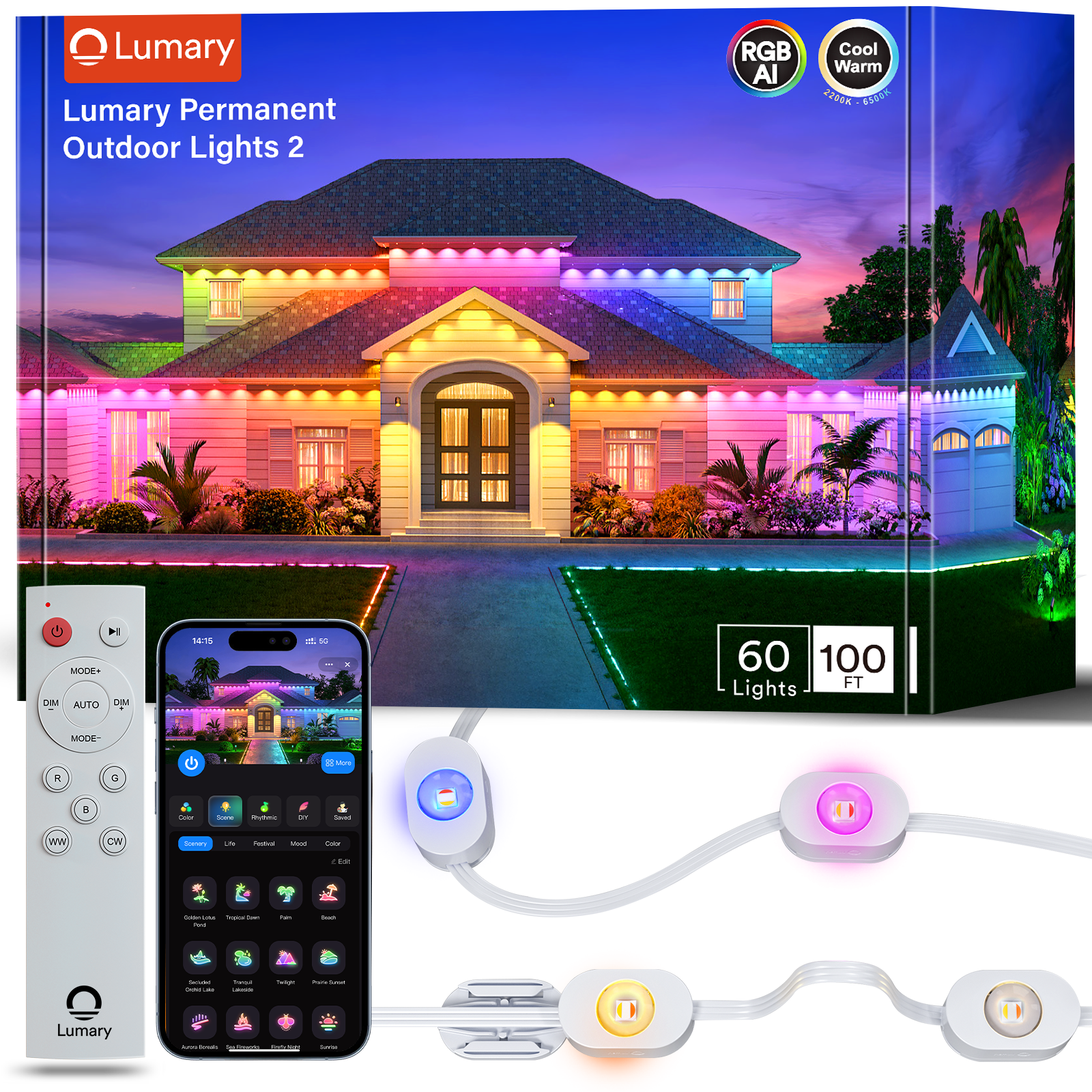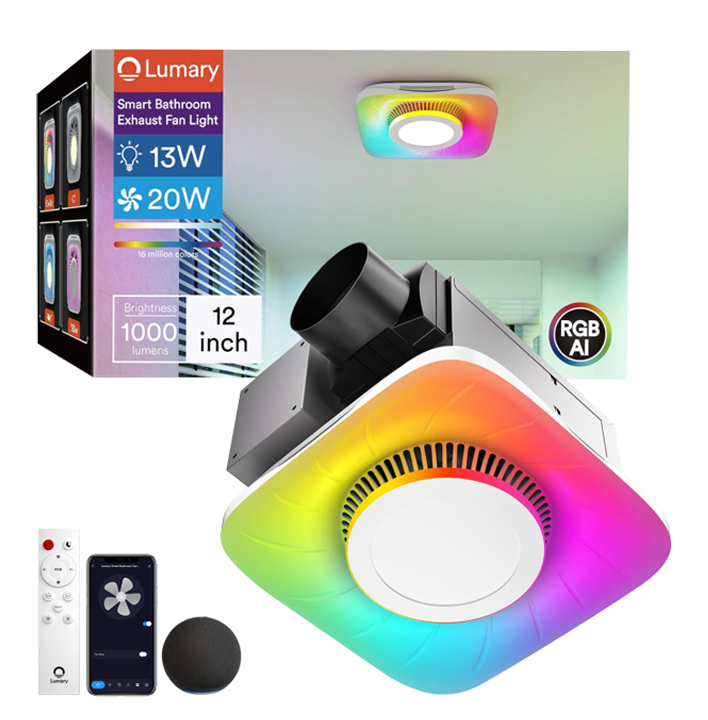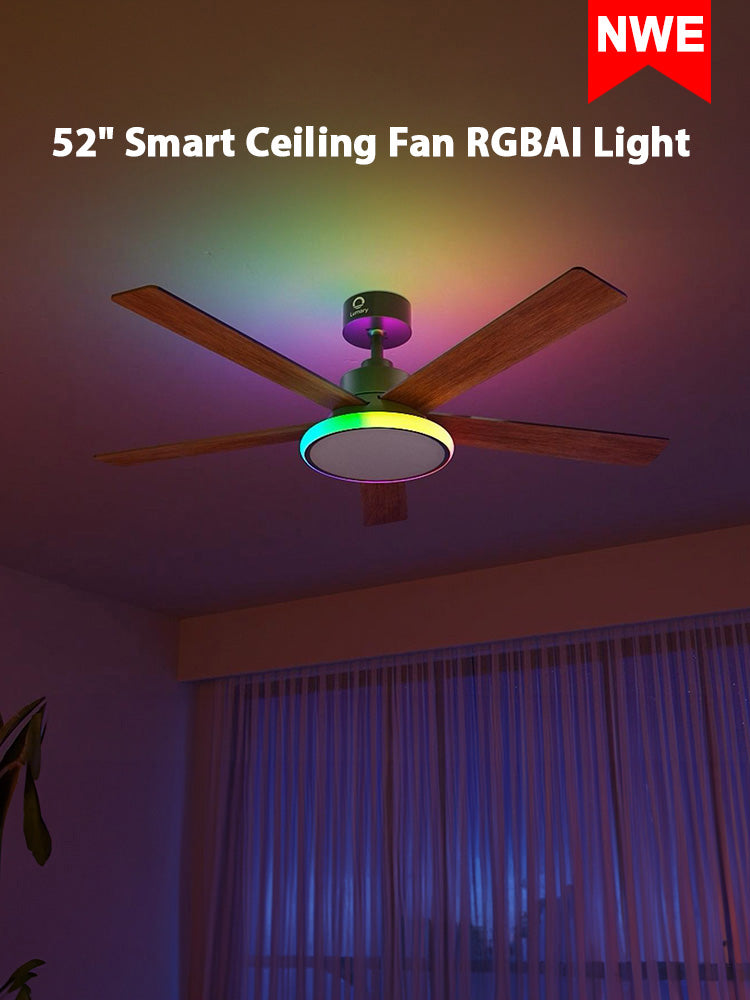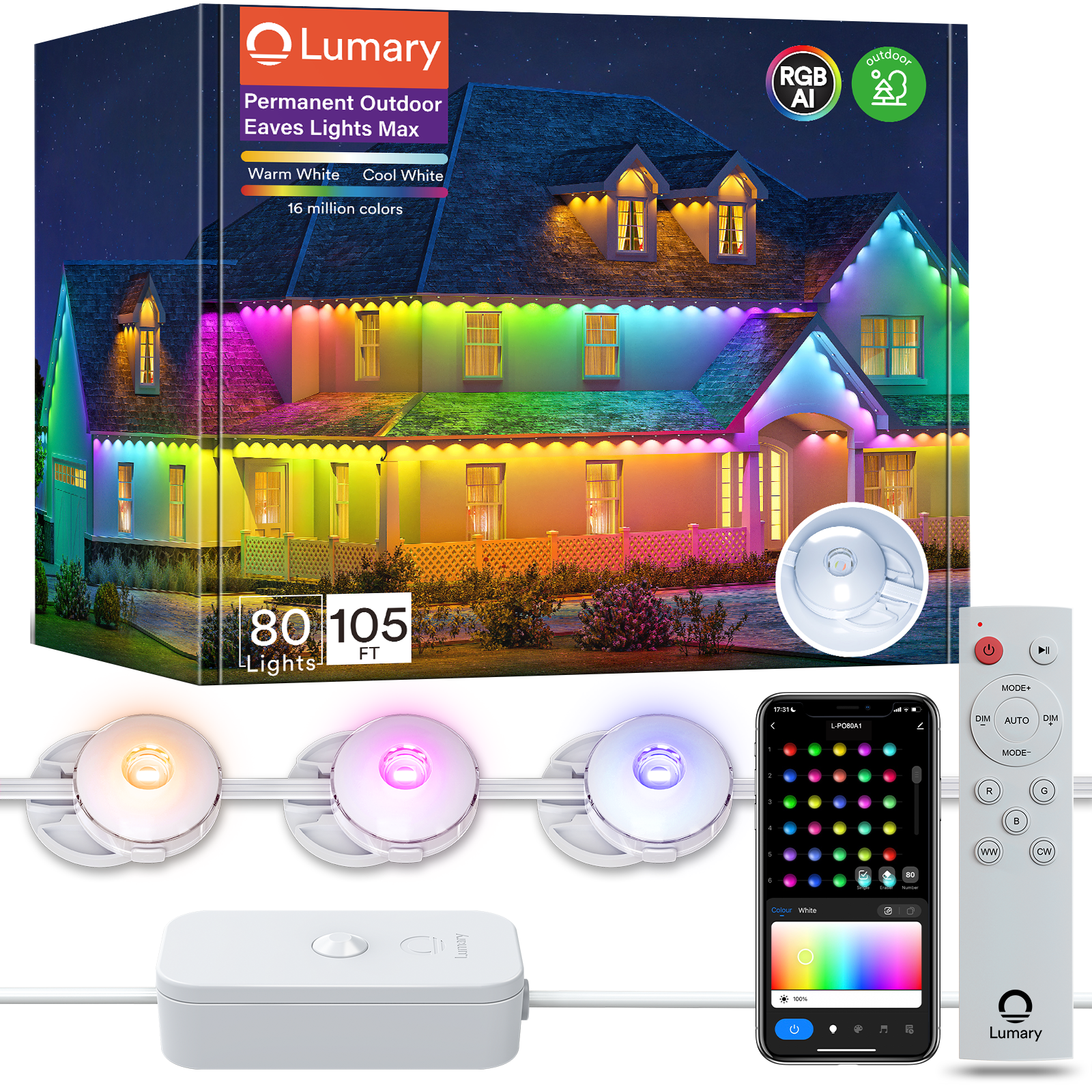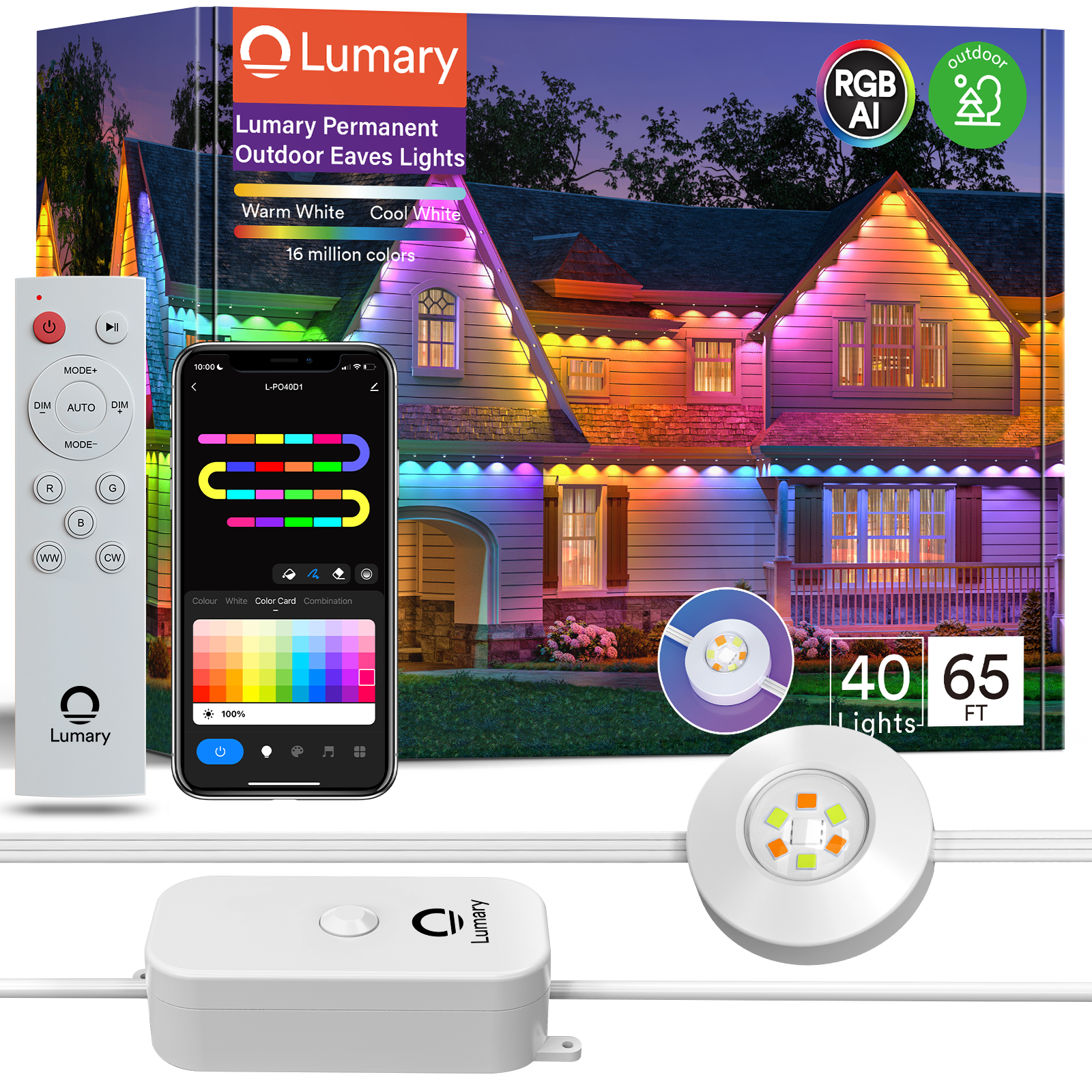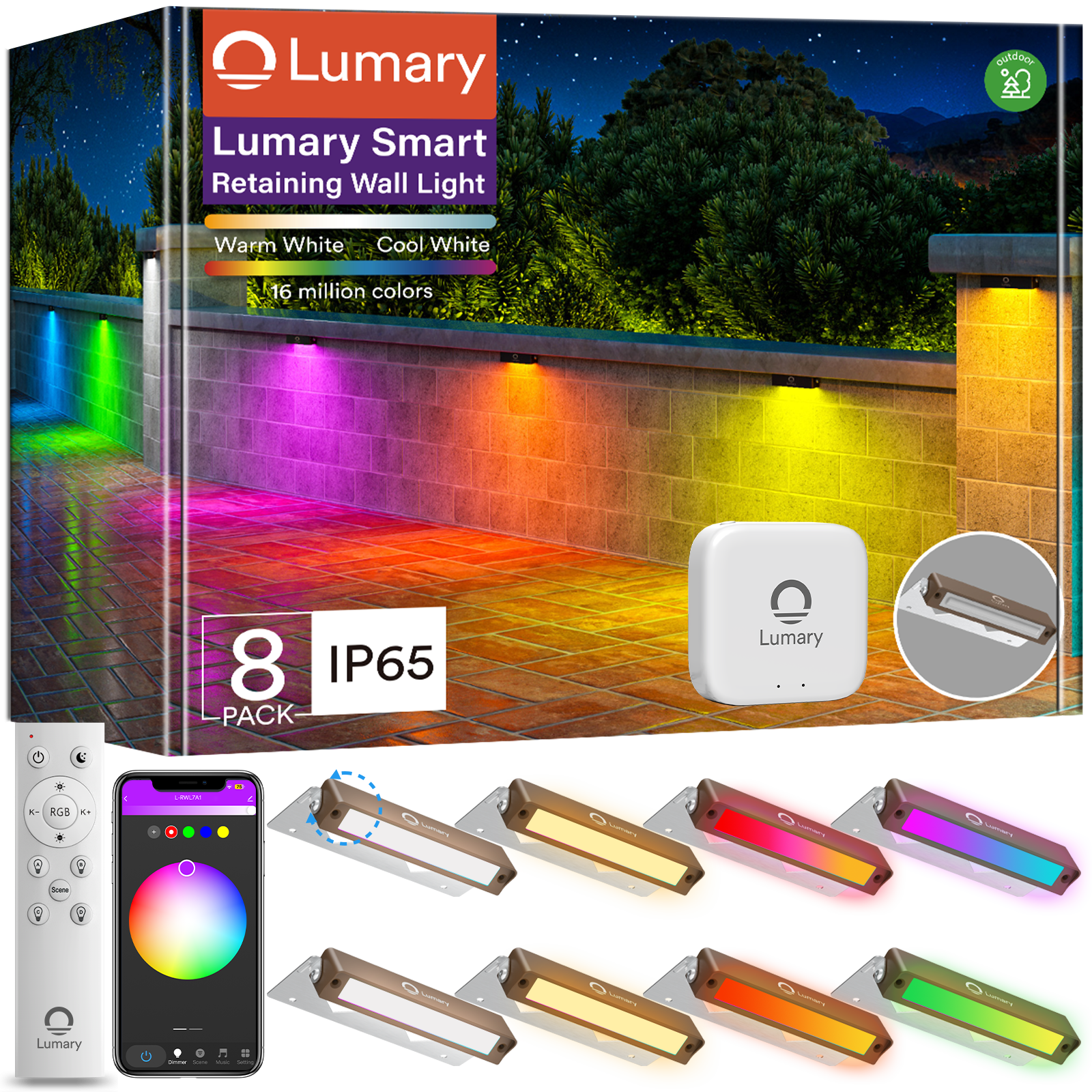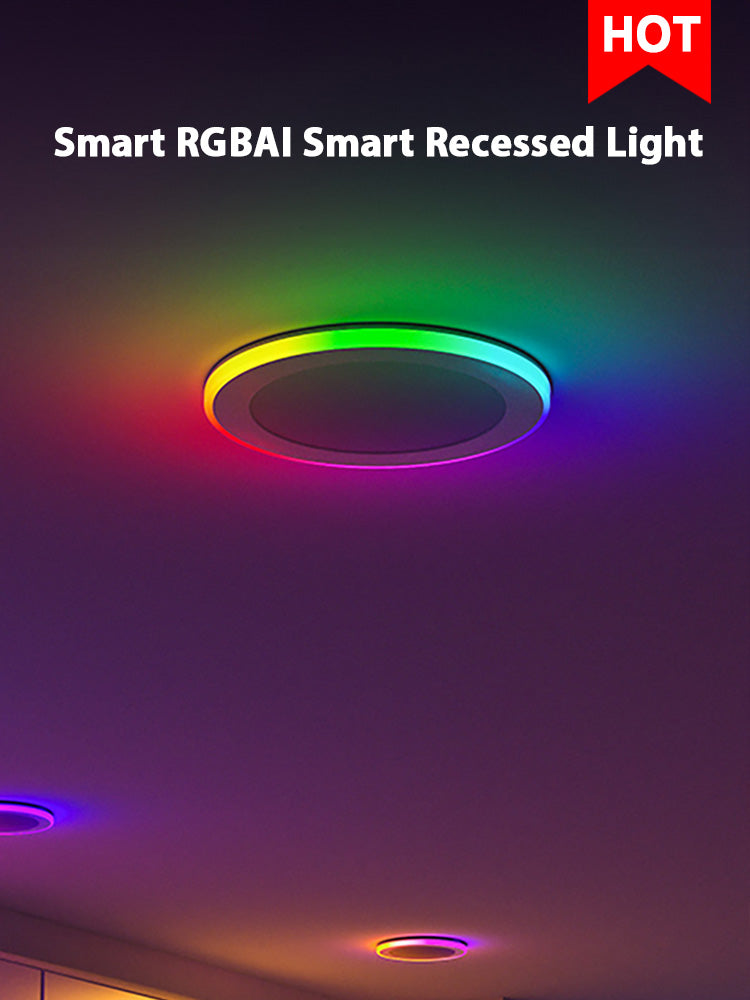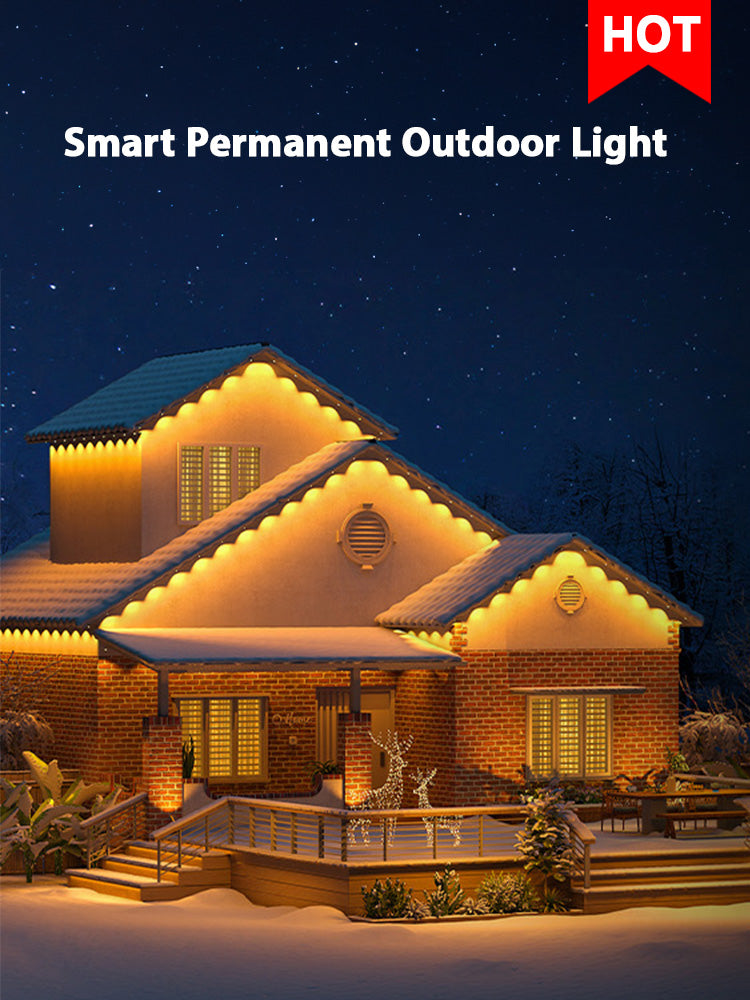Good lighting can transform a home. Bright, well-lit spaces boost productivity and mood. Studies show that blue-enriched light bulbs increase work performance by enhancing mental acuity and reducing fatigue.
Smart lighting offers even more benefits. Control your lights with ease, save energy, and customize the ambiance. Smart bulbs use LED technology, which is 75% more efficient than incandescent lights. Dimming features and smart sensors further reduce energy consumption.
Why not take a DIY approach to smart lights? Building your own diy smart lights allows for customization and cost savings. Dive into this project and create a personalized lighting experience.
Understanding Smart Lighting

What is Smart Lighting?
Definition and Features
Smart lighting refers to advanced lighting technology that allows users to control lights remotely. This can be done through a smartphone app, voice commands, or automated systems. Smart lights often include features like dimming, color changing, and scheduling. These features provide flexibility and convenience in managing home lighting.
Smart lighting systems typically use LED technology. LEDs are energy-efficient and long-lasting. Many smart lights also integrate with other smart home devices. This allows for seamless automation and control. For example, smart lights can sync with security systems or entertainment setups.
Common Uses and Applications
Smart lighting can transform various spaces in a home. In living rooms, smart lights create different moods for movie nights or gatherings. Bedrooms benefit from customizable lighting for relaxation or reading. Kitchens and dining areas can have task lighting that adjusts based on activities.
Outdoor spaces also gain from smart lighting. Smart outdoor lights enhance security and ambiance. Motion sensors can trigger lights when someone approaches the house. This adds a layer of safety and convenience.
Benefits of Smart Lighting
Energy Efficiency
Smart lighting offers significant energy savings. LED technology uses up to 75% less energy than traditional incandescent bulbs. Dimming features further reduce energy consumption. Smart sensors can turn off lights when no one is in the room. This prevents unnecessary energy use.
Scheduling options allow users to set lights to turn on or off at specific times. This ensures lights are only used when needed. Over time, these features contribute to lower electricity bills.
Convenience and Control
Smart lighting provides unparalleled convenience. Control lights from anywhere using a smartphone app. Forgot to turn off the lights before leaving home? Simply use the app to switch them off. Voice control adds another layer of ease. Use voice assistants like Alexa or Google Assistant to manage lights without lifting a finger.
Customization is another key benefit. Adjust brightness and color to match any mood or occasion. Create scenes for different activities, such as reading or watching TV. Smart lighting makes it easy to personalize your home environment.
Planning Your DIY Smart Lights

Deciding on the Type of Lights
Choosing between LED strips and smart bulbs can shape your diy smart lights project. LED strips offer flexibility. You can place them anywhere inside the house. Think about under cabinets, behind TVs, or along staircases. LED strips create mood lighting and can be controlled via an app on a smartphone, tablet, or smart speaker.
Smart bulbs, on the other hand, provide easy installation. Just screw them into existing light fixtures. Smart bulbs work well with most lamps and can change colors. Tunable white lighting is another feature. This allows you to adjust the color temperature to suit different activities.
LED Strips vs. Smart Bulbs
LED strips and smart bulbs each have unique advantages. LED strips excel in versatility. You can cut them to fit any space. They are perfect for creating ambient lighting. Smart bulbs shine in simplicity. Installation takes just a few minutes. Smart bulbs also integrate seamlessly with smart home systems.
Consider your needs. Want to highlight specific areas? LED strips might be the way to go. Prefer a quick setup? Smart bulbs could be your best bet. Both options offer energy efficiency and control through apps or voice commands.
Color Options and Brightness Levels
Color options and brightness levels play a crucial role in your diy smart lights. LED strips often come with RGB capabilities. This means you can choose from millions of colors. Some even offer dynamic effects like fading or flashing. Adjusting brightness levels helps set the right mood for any occasion.
Smart bulbs also provide a wide range of colors. Many models offer tunable white light. This lets you switch from warm to cool tones. Brightness levels can be adjusted easily through an app or voice assistant. Customizing your lighting has never been easier.
Gathering Necessary Components
Before starting your diy smart lights project, gather all necessary components. This ensures a smooth process and avoids last-minute trips to the store.
LED Strips or Smart Bulbs
First, decide whether you need LED strips or smart bulbs. Purchase enough to cover the areas you plan to illuminate. Check if the products are compatible with your smart home system. Look for features like color-changing and dimming capabilities.
Controllers and Power Supplies
Controllers and power supplies are essential for diy smart lights. For LED strips, you will need a controller to manage colors and brightness. Power supplies ensure your lights receive the correct voltage. Smart bulbs usually come with built-in controllers. However, make sure you have a stable power source.
Additional Tools and Materials
Gather additional tools and materials to complete your diy smart lights project. These might include:
- Screwdrivers
- Wire cutters
- Electrical tape
- Mounting brackets or adhesive strips
- A measuring tape
Having these tools on hand will make the installation process smoother. Organize everything in your workspace before you begin.
Step-by-Step Guide to Building Your DIY Smart Lights
Preparing the Workspace
Safety Precautions
Safety comes first in any DIY project. Ensure the workspace is well-lit and free of clutter. Wear safety goggles to protect your eyes. Use insulated gloves when handling electrical components. Unplug any devices before working on them. Avoid working near water or damp areas to prevent electrical shocks.
Organizing Tools and Materials
Organize tools and materials before starting the project. Lay out all components on a clean, flat surface. Keep screwdrivers, wire cutters, and electrical tape within reach. Arrange LED strips or smart bulbs, controllers, and power supplies neatly. Use a measuring tape to plan the layout. This preparation will make the process smoother and more enjoyable.
Assembling the Components
Connecting LED Strips or Bulbs
Start by connecting the LED strips or smart bulbs. For LED strips, cut them to the desired length. Use connectors to join sections if needed. Attach the strips to the controller using the provided cables. Ensure the connections are secure. For smart bulbs, simply screw them into existing light fixtures. Make sure the bulbs fit snugly.
Setting Up Controllers
Set up the controllers next. Connect the controller to the LED strips or smart bulbs. Follow the manufacturer's instructions for wiring. Use electrical tape to secure any exposed wires. Plug the controller into a power source. Download the corresponding app on your smartphone. Pair the controller with the app to enable remote control.
Powering the System
Power the system once everything is connected. Double-check all connections to ensure they are secure. Plug the power supply into an outlet. Turn on the power switch. Open the app on your smartphone. Test the lights to make sure they respond to commands. Adjust the settings as needed to achieve the desired effect.
Installing the Smart Lights
Placement and Mounting
Decide where to place the smart lights. Mount LED strips under cabinets, behind TVs, or along staircases. Use adhesive strips or mounting brackets to secure them. For smart bulbs, install them in lamps or ceiling fixtures. Ensure the placement enhances the room's ambiance. Experiment with different locations to find the best setup.
Wiring and Connections
Handle the wiring and connections carefully. Route the wires neatly to avoid tangling. Use cable clips to keep wires organized. Connect the wires to the power supply and controller. Ensure all connections are tight and secure. Avoid running wires near heat sources or sharp edges. This will prolong the life of your diy smart lights.
Testing the Setup
Test the setup to ensure everything works correctly. Turn on the power and open the app. Check if the lights respond to commands. Adjust the brightness and color settings. Test any additional features like dimming or scheduling. Make sure the lights enhance the room's ambiance. Enjoy the fruits of your labor and admire your diy smart lights.
Integrating with Other Systems
Connecting to Smart Home Hubs
Compatibility with Popular Hubs
Smart home hubs make your DIY smart lights even more powerful. Popular hubs like Amazon Echo, Google Nest Hub, and Samsung SmartThings work seamlessly with many smart lighting products. These hubs act as a central control point for all your smart devices. Make sure to check the compatibility of your smart lights with these hubs. Most smart lights, including Kasa Smart Lights and Sengled Bulbs, offer easy integration with these popular hubs.
Setting Up Integrations
Setting up integrations with smart home hubs is straightforward. Start by downloading the app for your chosen hub. Follow the in-app instructions to add your smart lights. For example, if using an Amazon Echo, open the Alexa app and navigate to the "Devices" section. Tap the "+" icon to add a new device. Select "Light" and follow the prompts to connect your smart lights. Repeat similar steps for other hubs like Google Nest Hub or Samsung SmartThings. Once connected, you can control your lights through the hub's app or voice commands.
Using Voice Assistants
Alexa, Google Assistant, and Siri
Voice assistants bring a whole new level of convenience to your DIY smart lights. Alexa, Google Assistant, and Siri allow hands-free control of your lighting. Imagine walking into a room and saying, "Alexa, turn on the living room lights," and watching the room light up instantly. Kasa Smart Lights and Wyze Bulbs offer excellent voice control options. These lights respond quickly to voice commands, making them a favorite among smart home enthusiasts.
Voice Command Setup
Setting up voice commands is simple. First, ensure your smart lights are connected to your smart home hub. Open the app for your voice assistant. For Alexa, use the Alexa app. For Google Assistant, use the Google Home app. Navigate to the "Devices" section and add your smart lights. Follow the prompts to complete the setup. Once added, you can start using voice commands. Say, "Hey Google, dim the bedroom lights," or "Siri, change the kitchen lights to blue." Enjoy the ease and convenience of controlling your lights with just your voice.
Cost Comparison and Benefits
Comparing DIY vs. Commercial Smart Lights
Initial Costs
DIY smart lights often come with lower initial costs. You can purchase components like LED strips or smart bulbs individually. This allows you to control your budget. Commercial smart lights, on the other hand, tend to be more expensive. Brands like Philips Hue or LIFX offer high-quality products but at a premium price. DIY projects let you save money by avoiding professional installation fees.
Long-term Savings
Long-term savings also favor DIY smart lights. Energy-efficient LED technology reduces electricity bills. Smart sensors and scheduling features prevent unnecessary energy use. Over time, these savings add up. Commercial smart lights may offer similar energy efficiency. However, the higher initial cost can offset some of these savings. DIY smart lights provide a cost-effective solution for long-term use.
Advantages of the DIY Approach
Customization
Customization stands out as a major advantage of the DIY approach. You can tailor your lighting setup to fit your specific needs. Choose from a wide range of colors and brightness levels. Create unique lighting scenes for different activities. DIY projects allow you to experiment with various placements and configurations. This level of personalization is hard to achieve with commercial products.
Learning Experience
Building your own smart lights offers a valuable learning experience. You gain hands-on knowledge about electrical components and smart home technology. This project enhances your problem-solving skills. Completing a DIY project gives a sense of accomplishment. You also gain the confidence to tackle more complex projects in the future. The learning experience adds an extra layer of satisfaction to your DIY smart lights.
Building your own DIY smart lights offers a rewarding experience. You gain control over customization and save money. Smart lighting enhances your home with energy efficiency and convenience.
Creating DIY smart lights allows you to tailor the lighting to your needs. You can choose colors, brightness levels, and placement. This project also provides a valuable learning opportunity. You develop skills in handling electrical components and smart home technology.
Many homeowners now request smart lighting. The demand has increased by 50%. This trend shows the growing appeal of smart lighting. Dive into this DIY project and enjoy the benefits of personalized smart lighting.

